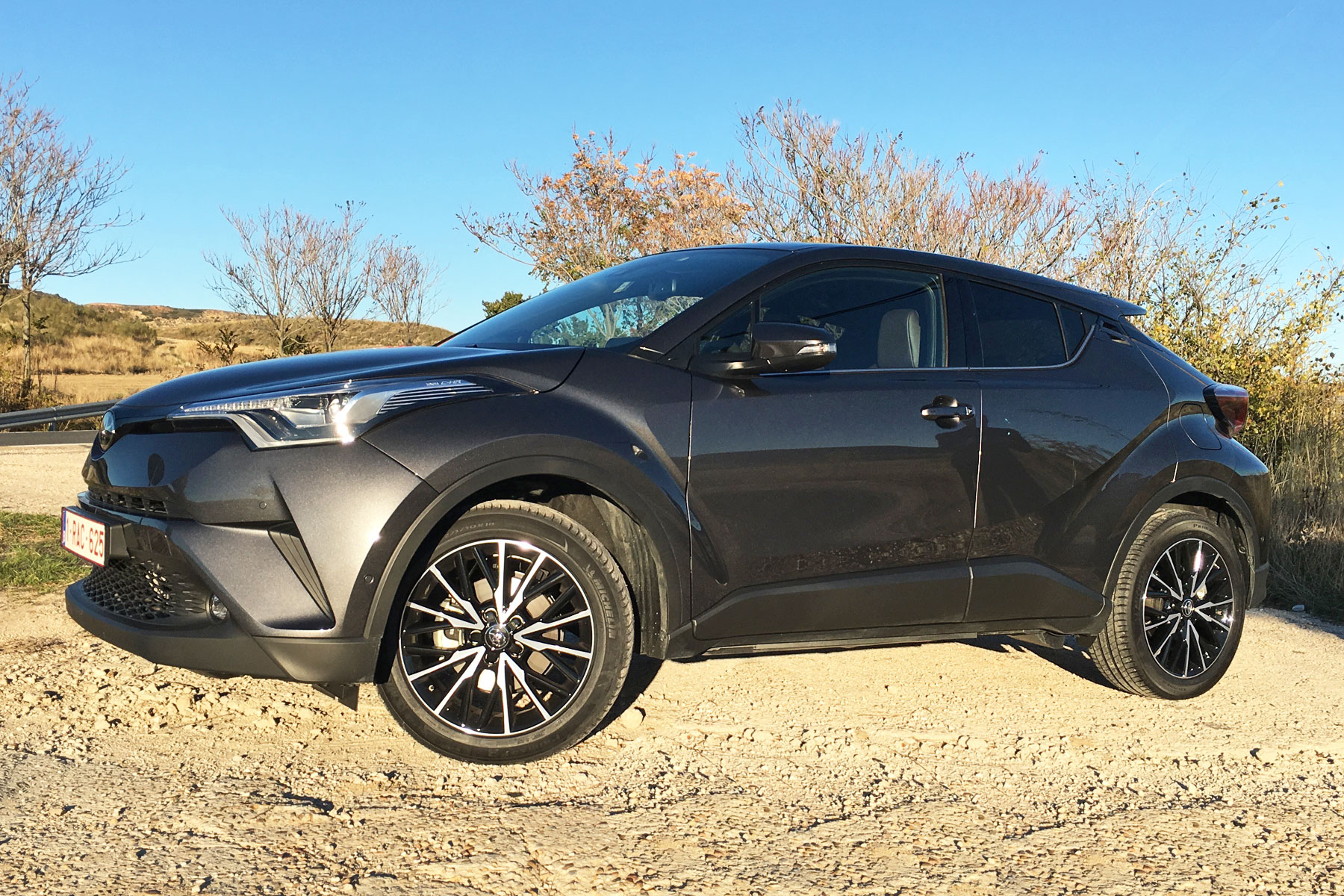
There’s a British-built crossover made by a Japanese car firm (not Toyota) that has dominated the sales charts since it was launched in 2006. It’s become a cliche that almost every car ever launched is trying to compete with this crossover. Which is why we’re going to attempt to get through this review without mentioning the Q-word.
Fortunately, there’s no shortage of other rivals we can mention. There’s the Renault Kadjar (which itself is based on the same platform as you-know-what), Volkswagen Tiguan, fab new SEAT Ateca, Kia Sportage and Hyundai Tucson. You could even compare upmarket alternatives, such as the Audi Q3 and BMW X3 to the C-HR. Toyota isn’t shy about using the word ‘premium’ when describing its new crossover.
- Toyota C-HR Concept crossover revealed
- Nissan Qashqai N-Connecta 1.6 DCi quick review: the ultimate crossover?
- Read another car review on Motoring Research
So where does this fit alongside the RAV4? On sale for 22 years, the RAV4 was initially a fashionable alternative to the likes of the Volkswagen Golf. You could even say it started the crossover craze, ahead of Nissan and its Kumquat.
The Toyota RAV4 has now grown-up. It’s bigger than ever before, and is more of a compact SUV to transport families and take on the Ford Kuga and Mazda CX-5 than a fashionable crossover. And, with sales of Nissan’s crossover-that-shall-not-be-named stronger than ever, Toyota has a gap in its line-up that desperately needs filling.
And that’s where the C-HR comes in. Based on the same TNGA (Toyota New Global Architecture) platform as the Prius, the C-HR was first previewed in concept form at the Paris Motor Show in 2014.
Toyota’s not being shy with its expectations for the C-HR. The carmaker is gunning for more than 100,000 sales across Europe – taking 11% of the segment share – and is expecting it to account for around 15% of Toyota’s sales in the UK next year. When a high proportion of those are expected to be trendy buyers who haven’t bought a Toyota before, that’s significant for a manufacturer better known for selling reliable saloons to Uber drivers.
So how does it drive?
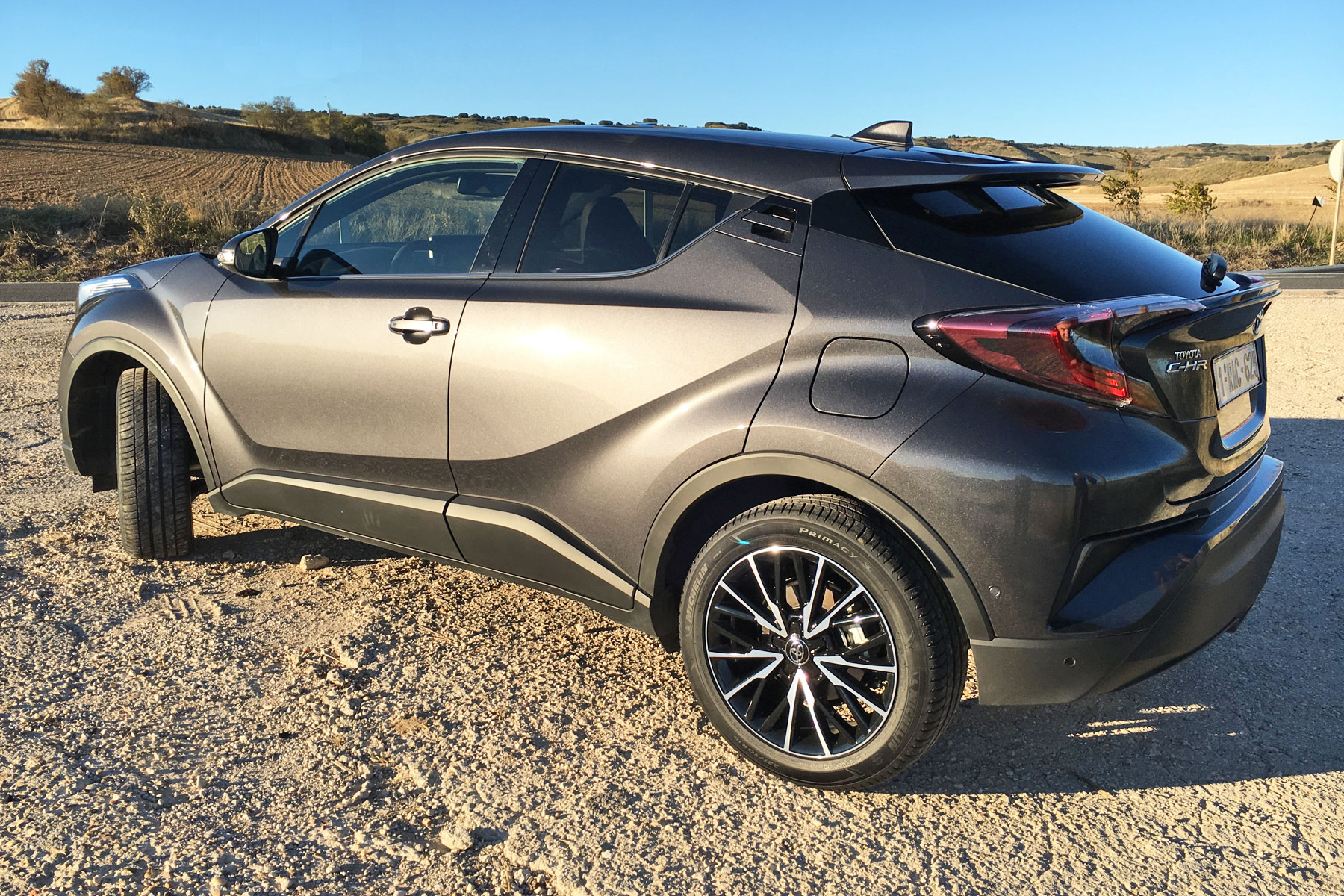
An unexpected gem in the Toyota C-HR is the turbocharged 1.2-litre petrol engine. Recently launched in the Auris hatch, the 1.2 produces 116hp and accelerates the crossover to 62mph in 10.9 seconds when paired with the slick six-speed manual ’box.
That manual gearbox is a new Intelligent Manual Transmission, making its debut on the C-HR, but set to spread across other Toyota models. It works like a heel-and-toe action, blipping the throttle when you change down a gear (and rev-matching on the way up). Many sports cars have similar features, but it’s not designed to benefit enthusiastic drivers in this case. Instead, it makes for a smoother ride.
It’s not the torquiest engine (boasting 136lb ft at 1,500-4,000rpm), but it’s refined and suits the car well. We prefer it to the hybrid…
75% of sales will be the hybrid
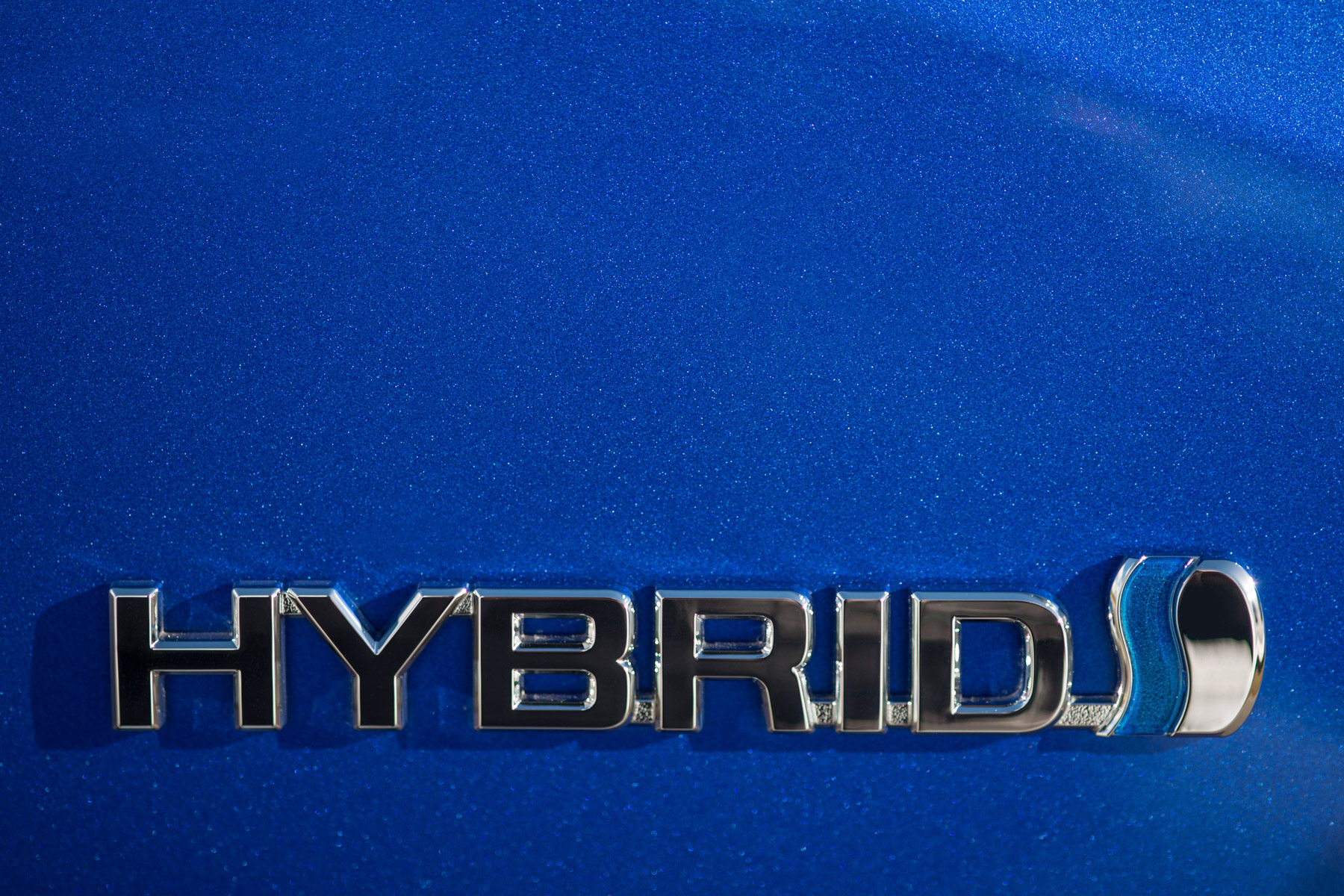
Unfortunately, Toyota’s expecting most buyers to overlook the petrol turbo and opt for the hybrid. This combines a four-cylinder 1.8-litre petrol engine with an electric motor, using a CVT automatic gearbox.
Although CVT ‘boxes have a bad reputation, Toyota says it’s sticking with it because of the durability and efficiency it offers. Around town it’s fine, remaining hushed as the car automatically switches between petrol and electric modes.
Out of town, it soon starts to feel strained. Anyone who’s floored a car equipped with a CVT gearbox will be all too familiar with the intruding noise as the car gradually picks up pace.
Still, around three-quarters of C-HR buyers in the UK will opt for this set-up, says Toyota. And with official CO2 emissions as low as 86g/km, resulting in low company car tax (it’s in the 15% band) and free VED road tax (if you’re quick), it does make sense on paper. And that’s before we get to the 74.3mpg fuel economy figure.
The obvious answer for those wanting favourable fuel economy and company car tax rates could be a diesel – but being the eco-friendly brand that it is, Toyota isn’t offering one. Technically, a turbodiesel could be fitted, but Toyota’s engineers have told us that’s unlikely. What’s more likely is a sporty derivative, perhaps powered by a larger naturally-aspirated petrol engine. Now that we’d like to see.
It handles better than most other crossovers
To give chief engineer Hiroyuki Koba an idea what Europeans expect from a car’s handling, the part-time race driver apparently spent a lot of time in Europe, speaking to crossover drivers and seeing for himself how we drive compared to folk in Japan.
His conclusion? Europeans love to drive fast – and won’t slow down for anything. Roundabouts, obstacles in the road, blind bends… we’ll tear around them, and expect our car to take it.
The result is a car that not only handles better than its Sunderland rival, but also soaks up poor road surfaces with a minimum of fuss. The steering is light (a bonus around town), and there’s a typical shortage of feedback. But body-roll is well managed, helped by the C-HR’s low centre of gravity, and the car remains composed when driven enthusiastically, both in town and out.
There’s tonnes of kit
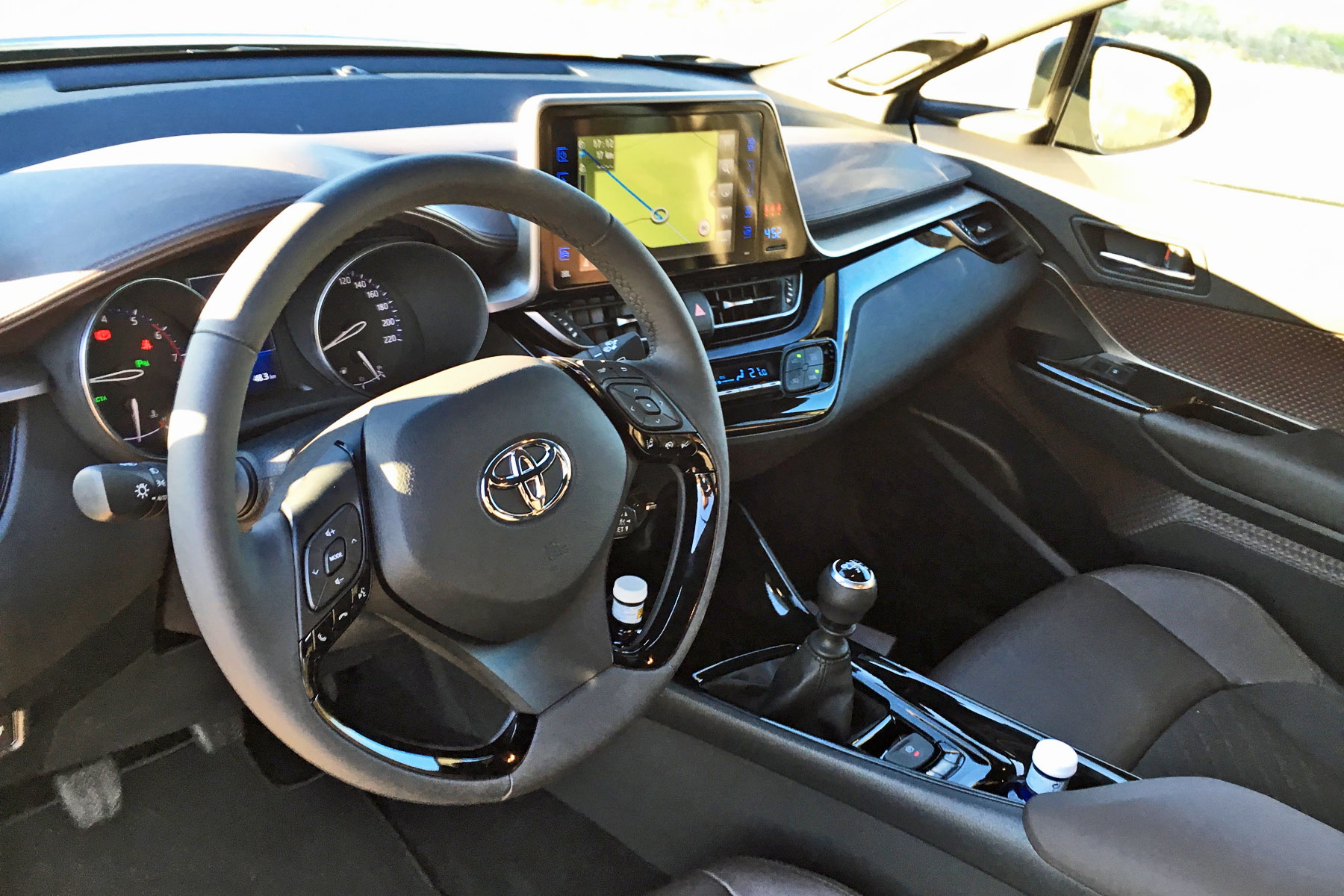
A trick of many manufacturers is to offer a low-spec entry-level model that no one really buys. Sure, fleets favouring low costs over everything else like them – but private buyers generally favour higher-spec models.
As Toyota is firmly aiming its C-HR at fashion-conscious private buyers, it’s not offering a traditional low-spec entry-level model. Instead, the range starts with the £20,995 Icon trim (or, more temptingly, £229 a month on PCP, following a deposit of around 25%). This comes with 17-inch alloy wheels as standard, along with a seven-inch touchscreen infotainment system and Toyota’s ‘safety sense’, consisting of an urban automatic braking system and adaptive cruise control, amongst other useful systems.
Walking up the range, the Excel starts at £23,995 and top-spec Dynamic is £25,495. The latter features LED lights, a contrasting black roof and an eight-inch infotainment system. Despite the large, upright screen on the centre of the dash (which, incidentally, seems to be the perfect location for reflecting the sun), there seem to be buttons everywhere.
It falls short on practicality
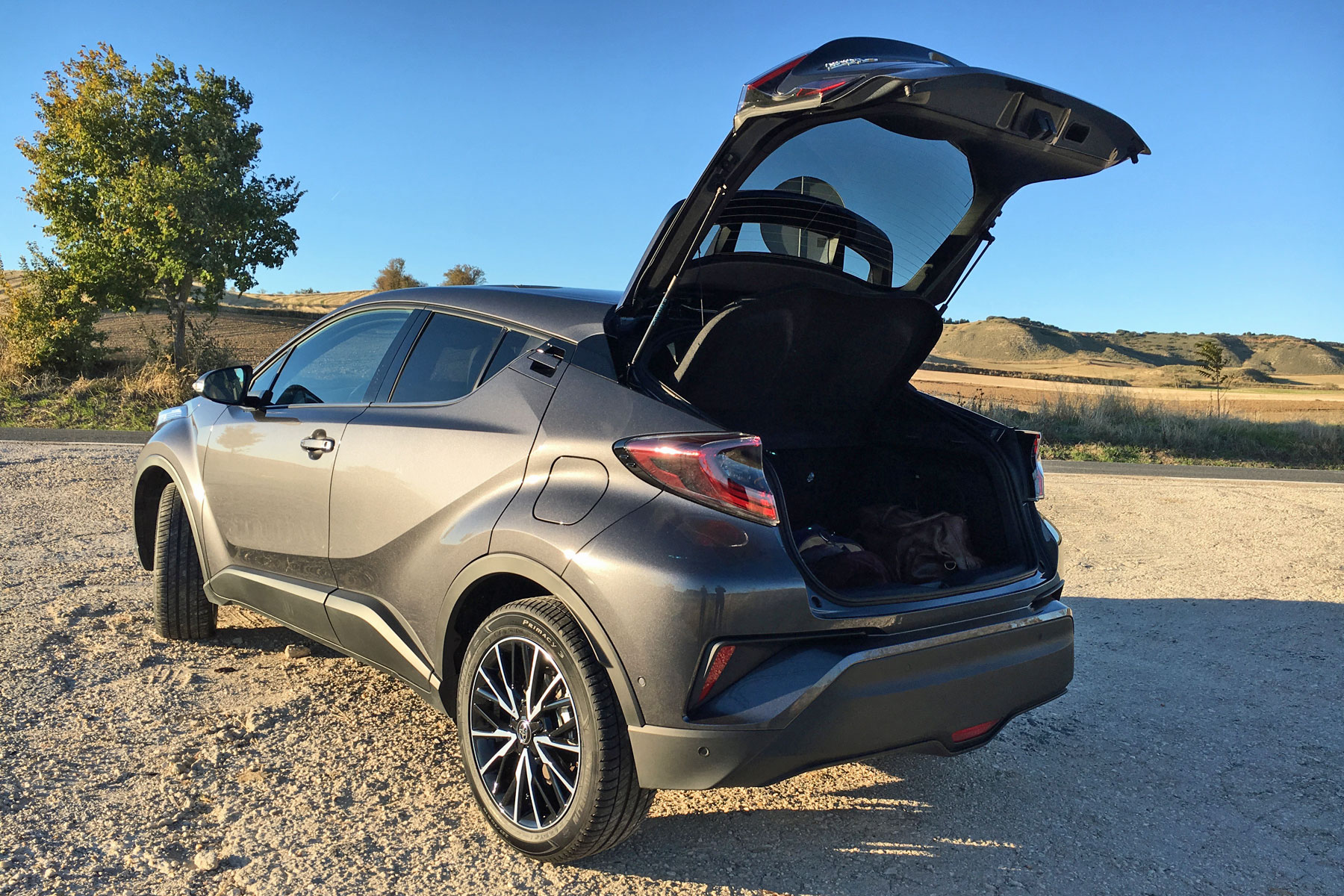
People typically buy crossovers because they offer good interior space compared to equivalent hatchbacks. But Toyota’s unashamedly put design above practicality with the C-HR.
While there’s no shortage of headroom for passengers (front or rear), those in the back will complain about the mediocre legroom. And the car’s rising beltline results in a very small, and high, rear window – something that is begging for child sickness if you use the C-HR to transport young children.
The boot is reasonable, albeit a tad on the shallow side and, at 377 litres, not as roomy as the Nissan’s. The coupe-esque roofline, mimicking the BMW X6, means anyone looking to carry large loads would be better off with a RAV4.
Should I buy a Toyota C-HR?
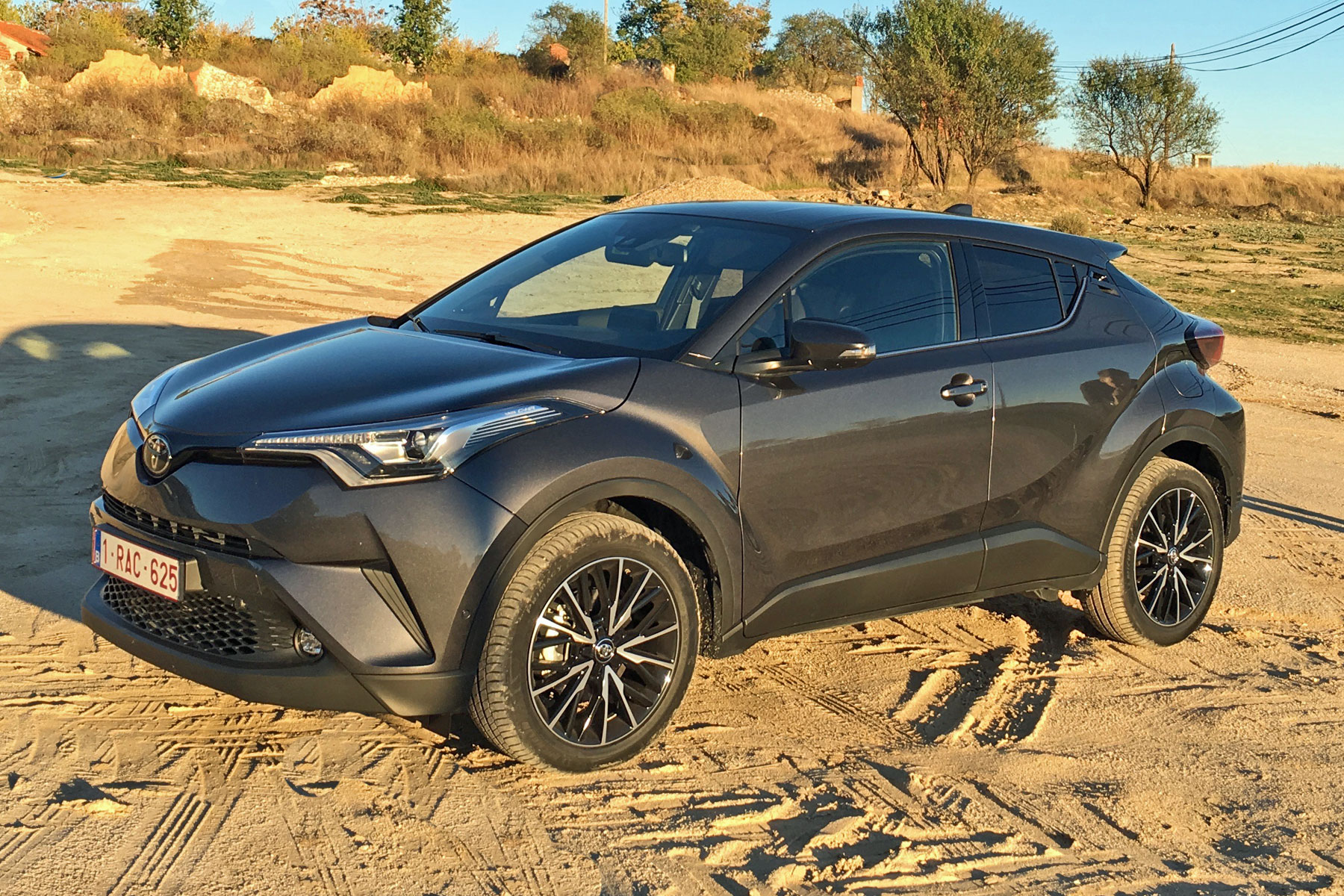
We’ve deliberately steered away from mentioning the C-HR’s divisive design. It won’t appeal to everyone – us included – but there are no doubt many people wanting something a little bit obscure, ready to flock to Toyota showrooms.
Then there’s the practicality, which isn’t great for a crossover of this size, although headroom is good. If you’re the trendy young urbanite Toyota tells us this model will appeal to, that perhaps won’t be a huge issue either.
It’s a shame about the engines, though. The hybrid powertrain, while efficient, is fairly joyless to drive. The 1.2-litre is good in comparison, but it’s down on power and feels strained at motorway speeds.
Should you spend your money on one? If you’re desperate to be different and aren’t concerned about these points, then yes. Us? We’d probably stick with the Qashqai. Ah…